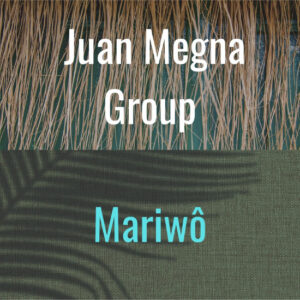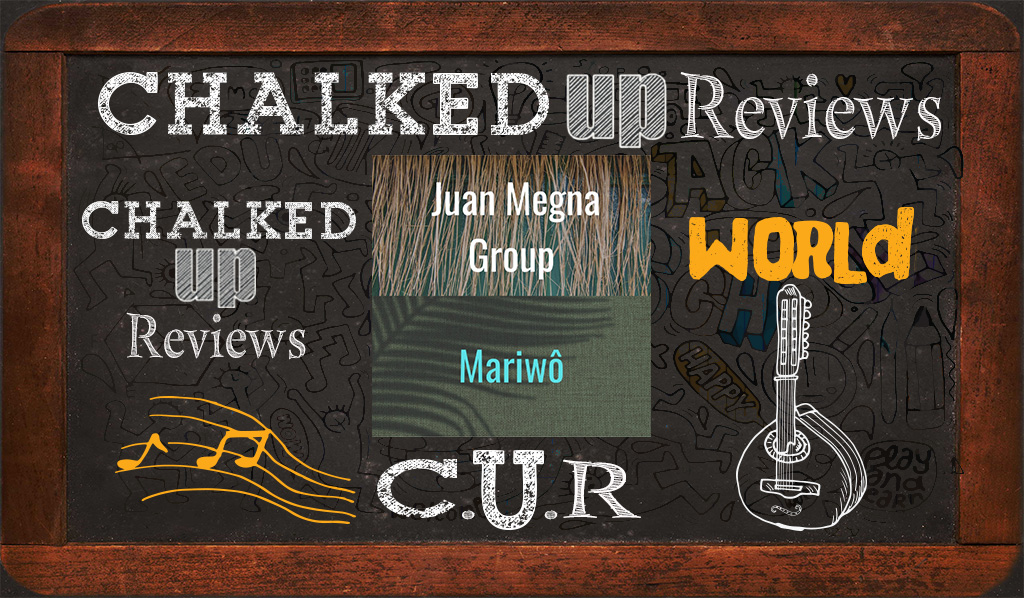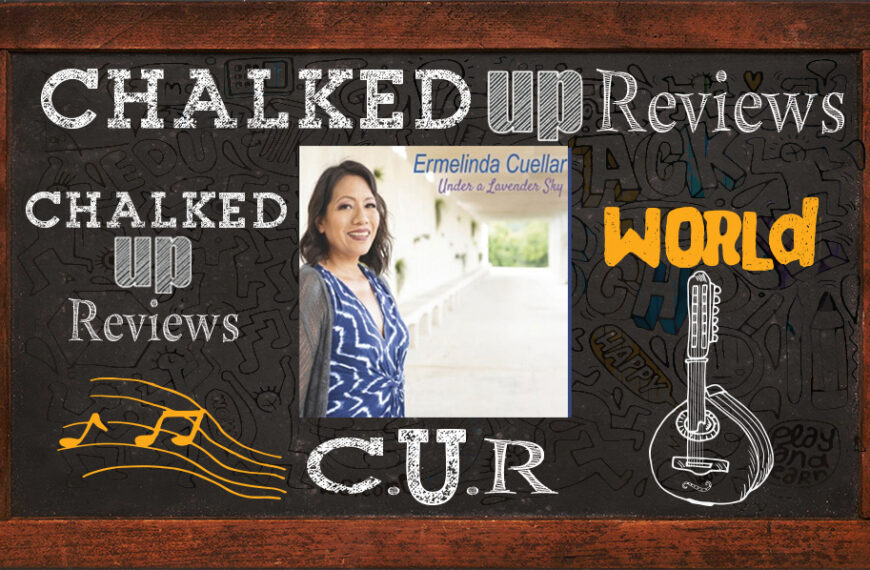
Mariwô, by the Juan Megna Group, is an album that calls to our attention the vivid harmony and pulse between world music and jazz. The ensemble, Juan Megna Group, is deeply rooted in Afro-Brazilian traditions, Argentinian rhythms, and jazz, it explores the convergence of cultural sounds into an impressive global jazz experience. The music is vibrant, rhythmic, and expressive. Each of the seven tracks echoes the voice of multiple musical traditions with a commitment to preserving their essence. Through Mariwô, Megna’s journey of blending the syncopated pulse of Candomblé, the fluid improvisation of jazz, and the storytelling nature of Argentine music creates a multi-layered listening experience.
The opening track, “Mariwô,” has a chant-like phrasing, the melody evokes the ceremonial and ritualistic feel of Afro-Brazilian folk music. This introductory tone begins our immersive Afro-Brazilian rhythmic journey. The composition draws listeners into the sacred world of Candomblé. The song moves through a dramatic and atmospheric “toque hamunha,” a rhythm traditionally used in Candomblé ceremonies, signaling the style and energy being explored by the ensemble. The rhythmic patterns of Megna’s playing becomes the focal point, with the rich rhythms guiding the ensemble. Pianist José Luiz Martins locks in with Leonardo Lucini’s bass and Megna’s world jazz groove, providing the perfect balance of moving lines and rhythmic motifs in his solo. of percussion that Megna expertly interlaces his dynamic playing with Tedd Baker’s expressive saxophone solo. This leads to the call-and-response section between Megna and the ensemble, enhancing the track’s captivating groove that complements the rhythmic melody of the theme.
“Paô,” with its maracatú-inspired odd-time rhythms, pulses through the speakers like a call to the streets of Pernambuco, Brazil. Megna’s drumming defines the time signatures with a fluidity that maintains the track’s groove despite its rhythmic intricacies. Shawn Purcell’s guitar work on this track is outstanding in its harmonic voicings and textural single notes, providing a modern jazz framework while embracing the maracatú-inspired feel. Baker’s saxophone solo picks-up Purcell’s them and continues to explore it with both jazz and Afro-Brazilian sounds. The ensemble plays with an earthy vibrancy that sits comfortably in the piece’s rhythmic flow. The piece is an embodiment of musical dialogue between worlds, where jazz’s colors and freedom meet the clave and power of Afro-Brazilian rhythms.
“Fára Ogunjá” is dedicated to the deity Ogum, bringing in the powerful rhythm of vassi. The twelve-eight pulse forms the heartbeat of this composition, and the ensemble builds around it, reflecting the energy of Ogum, the orixá of war and iron. Baker and Purcell both turn in impressive, flowing solos. Guest trombonist David Sacks performs his solo with jazz colors and Afro-Brazilian rhythmic sensibility. Megna’s drumming always weaves together the rhythm section, pushing the music forward. Megna’s drumming allows each player to find their voice within the rhythm and the song’s energetic drive.
“Si Estuvieras” is a ballad written by Luis A. Perez and Megna. The guest artist Emmanuel Trifílio’s bandoneón introduces a mournful quality to the composition, its soulful notes blending perfectly with the mood of the piece. The interplay between Trifílio’s bandoneón and the Megna Group is moving. Megna’s sensitivity to texture and space becomes evident here; his drumming supports the melody and never overwhelms, allowing the instruments to speak.
“Amarelinha” is a Megna composition inspired by the Candomblé rhythm Ijexá. The music carries a joyful contemporary jazz energy throughout the form. Martins’ piano playing is a particular element here, his hands weaving lyrical melodies with rhythm, providing a rich conversation with Megna’s drums. Alisson Crockett’s vocals on “Coisa No2” inject a heartfelt expressiveness into the album, beautifully honoring the original composition of Moacir Santos. Her warm voice serves as a perfect vehicle for the melody, capturing the nuance and emotion of the piece with clarity.
Through Mariwô, Juan Megna has created an album that transcends boundaries, bringing together the rich traditions of Candomblé, jazz, and Argentine folk music in a dynamic and beautifully realized world jazz sound. Every musician’s contribution to this album is integral, whether it is the drumming that drives the rhythm, the guitar that adds harmonic depth, the saxophone that carries the melody, or the guest musicians who bring additional color and texture. The Juan Megna Group blend of world music and jazz is a sound that speaks to the soul.


